I love looking at the less impressive art of brilliant creators. It reminds me that they were figuring things out just like the rest of us. Sometimes it took them years or decades before a concept really worked.
Recently, I visited the incredible Georgia O’Keeffe and Henry Moore exhibit at the Boston Museum of Fine Arts. One piece by O’Keeffe caught my attention not for its beauty, but because it’s clear to me that she was experimenting with ideas that weren’t fully clicking:
To my eyes, it seems she was exploring painted collage—combining distinct elements on a single canvas. But the elements felt disjointed: the poinsettias floating in the sky, the skull resting awkwardly on the landscape, perhaps some fabric drifting up there too. There’s just too much happening, and the composition doesn’t quite hold together.
Yet she didn’t stop there. Two years later, she painted this:
Here, she simplified the composition to just two objects: a ram’s head and a morning glory flower. While still not fully cohesive, the piece shows progress—the objects are less scattered, but still feel somewhat disconnected.
Five years after that, she created this masterpiece:
In this painting, the bones and the landscape interact naturally, feeling like part of the same world. The concept has matured, and the result is breathtaking.
I’m not a Georgia O’Keeffe scholar, so maybe my interpretation of her progression isn’t entirely accurate. But what strikes me is this: What if she had given up after that first poinsettia piece? What if she’d decided the idea wasn’t worth pursuing because it didn’t work the first time? What if people just didn’t like it on Instagram?!
That’s the lesson I take from her work, and it’s something I always encourage artists and cartoonists I coach to embrace: experiment freely, even if it’s in a sketchbook or journal no one else will see. You don’t know where those experiments might lead.
Not to compare myself to O’Keeffe (ha!), but here’s an example from my own practice. I made this quick diary comic that maybe took me 15 minutes to create:
This comic wasn’t polished or particularly good, but something surprising emerged from it. Without planning, I used tree branches as panel borders. I wanted to visually capture how much trees mean to me, and the idea just flowed out in the sketch.
If I had waited until I felt “ready” to create or had “enough” time, I might never have stumbled upon that idea. And it ended up contributing to my favorite page spread in my upcoming graphic novel adaptation of Tuck Everlasting (coming Fall 2025) where I used tree branches as panel borders:
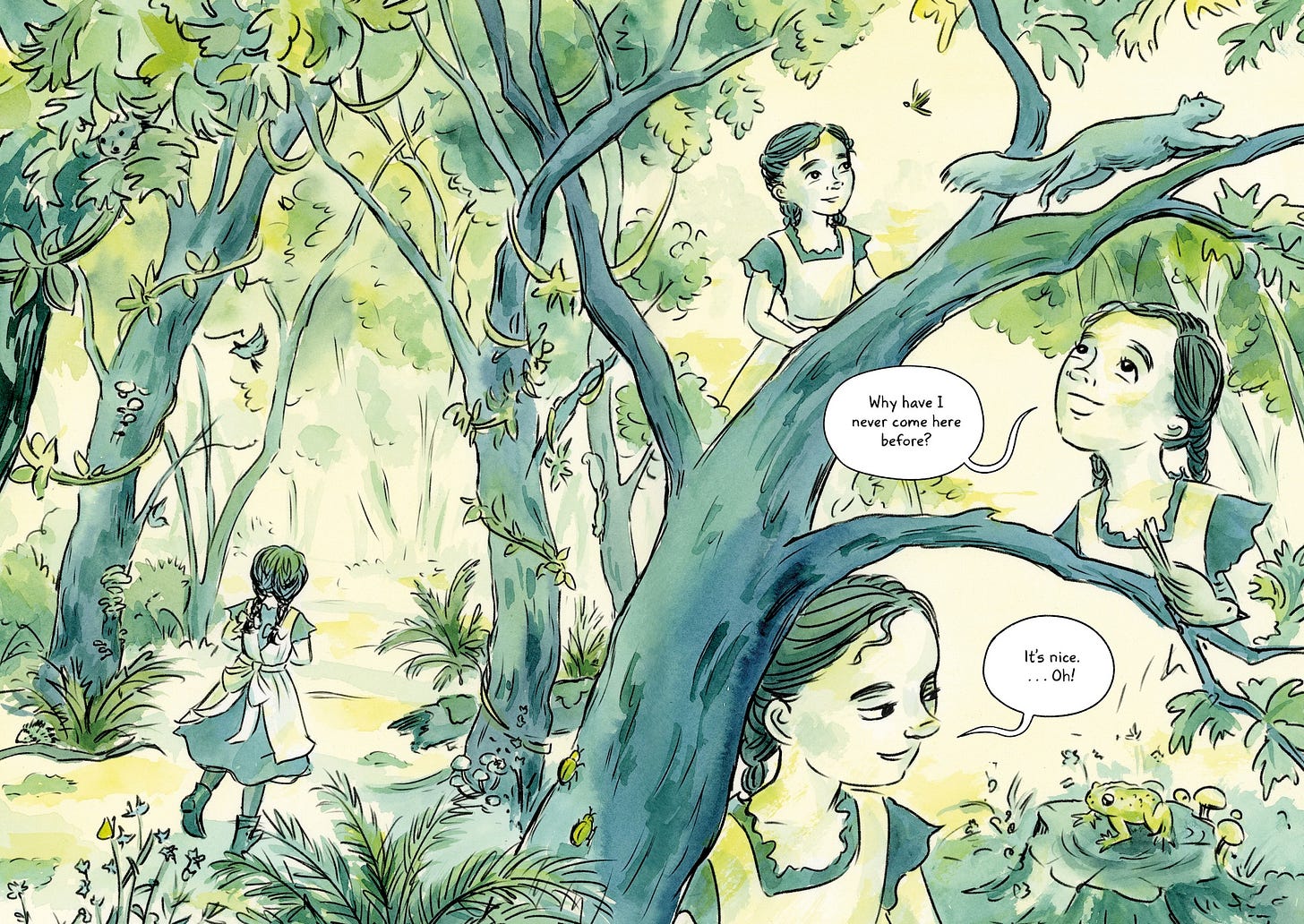
My point is: you never know where experimentation might lead. Usually your first attempts won’t be spectacular. But if you follow that spark of curiosity, it might take you somewhere surprising and maybe even extraordinary.
Let me know in the comments: Do you like looking at less refined works by great creators? Or do you have a favorite “happy accident” from your own creative process that you’d like to share? I’d love to hear about your experience in the comments below!
Leif Love
We’ve had a cold snap hear in Minnesota, meaning some days didn’t get above -3 F! But I go nuts if I’m stuck inside and Leif still needs exercise, so we still bundle up and get out in the cold.
Leif is less enthusiastic about going running in the cold than I am. Or maybe that’s his permanently furrowed vizsla brow.
Take care and keep creating!
-Katharine





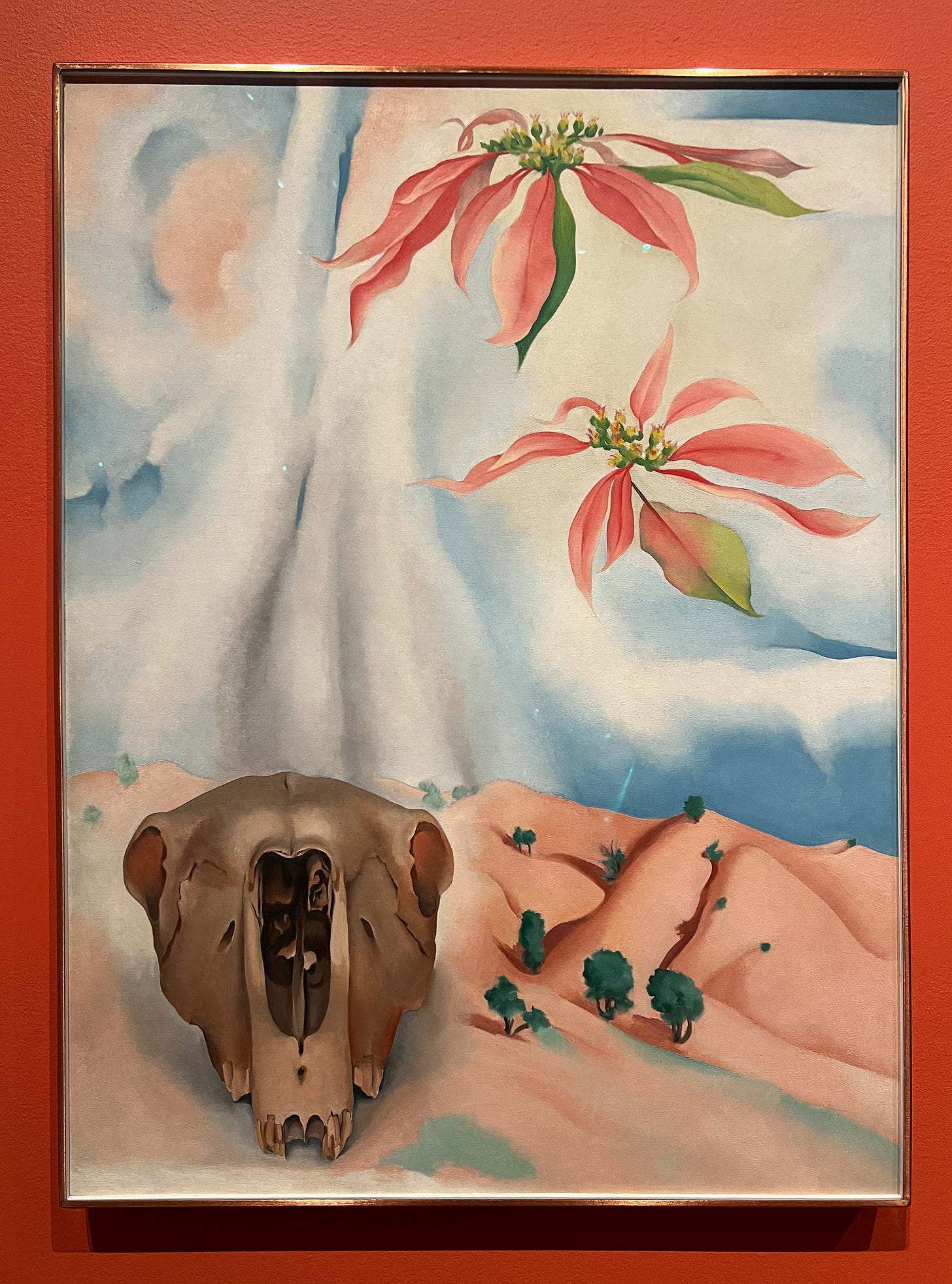
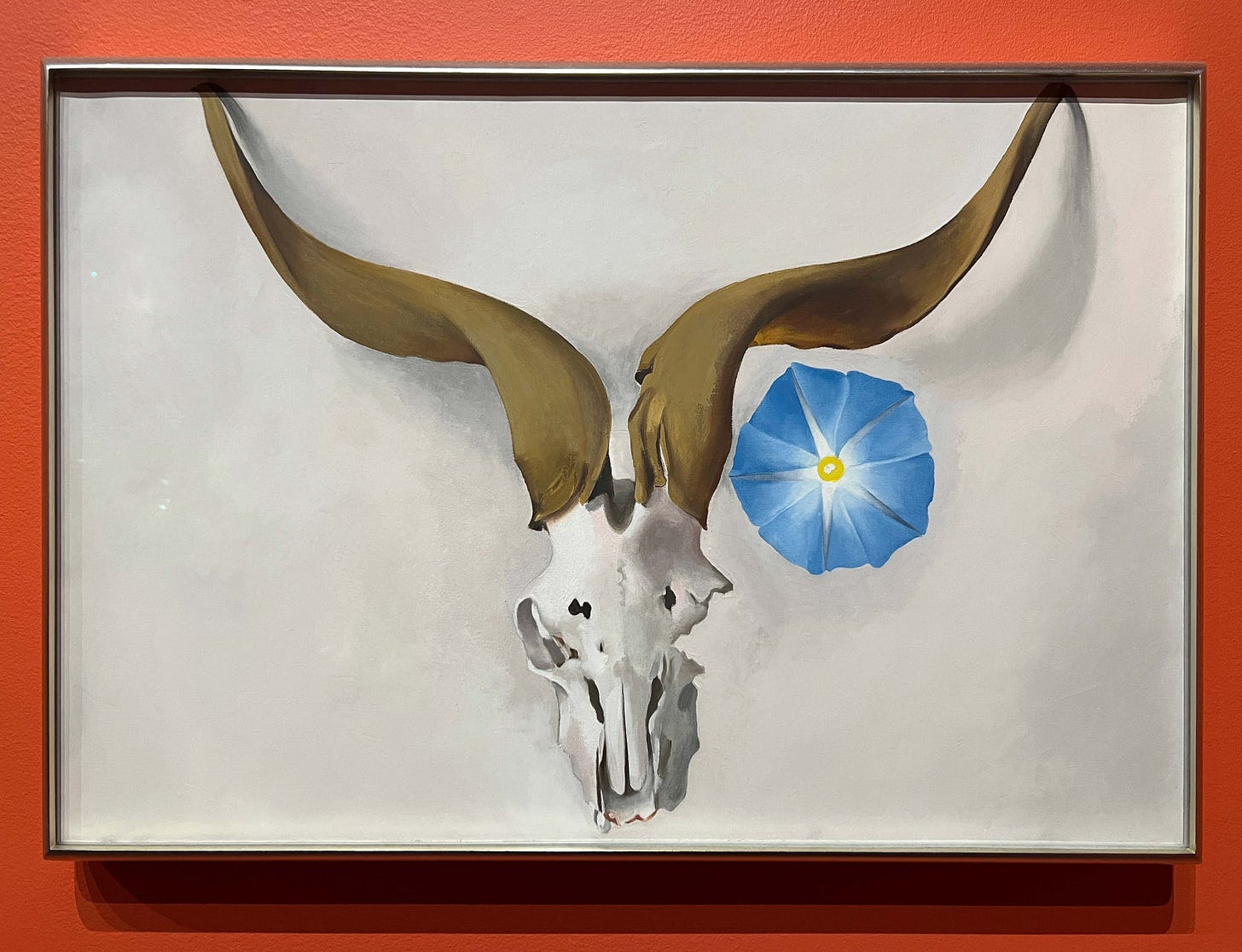
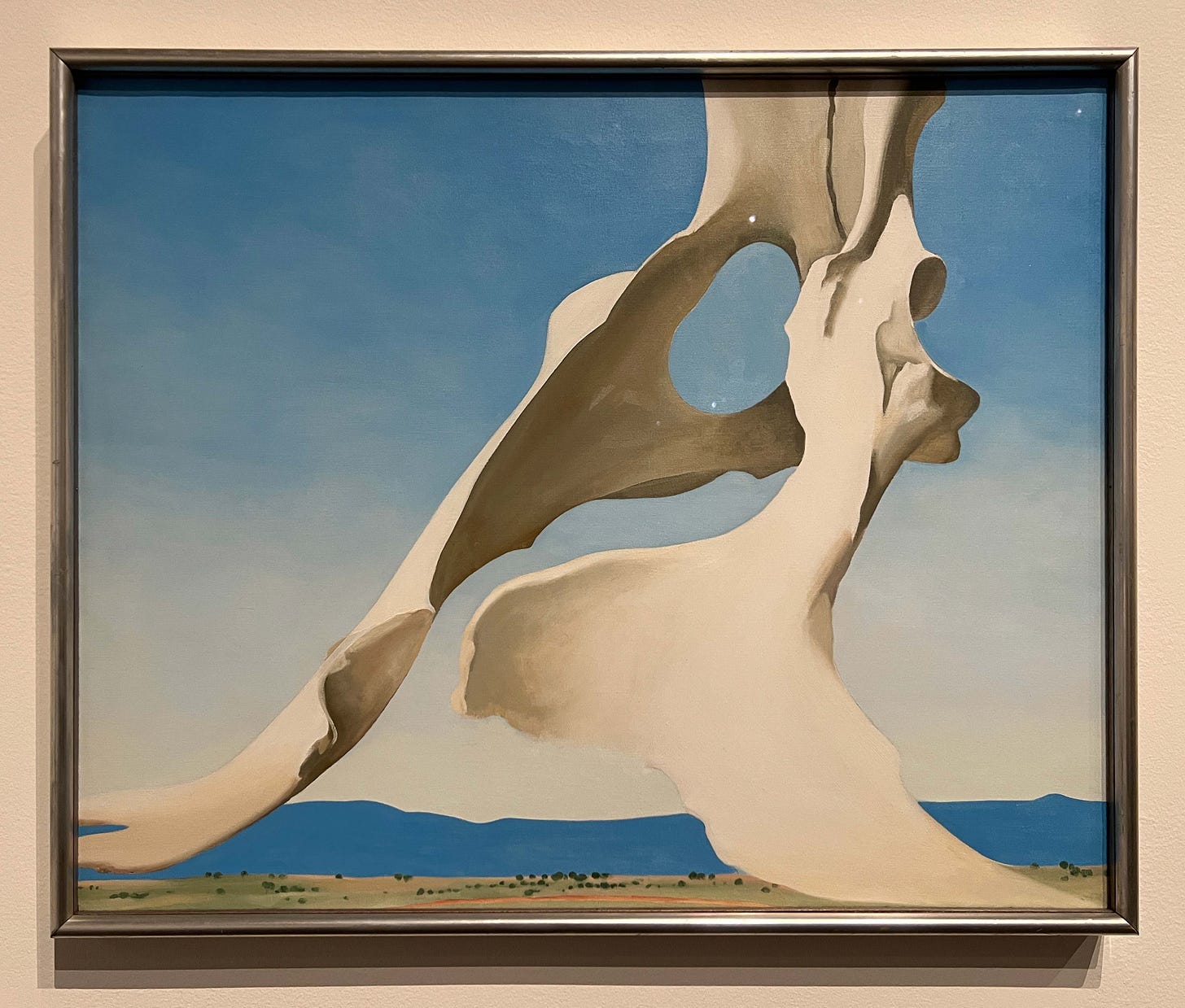
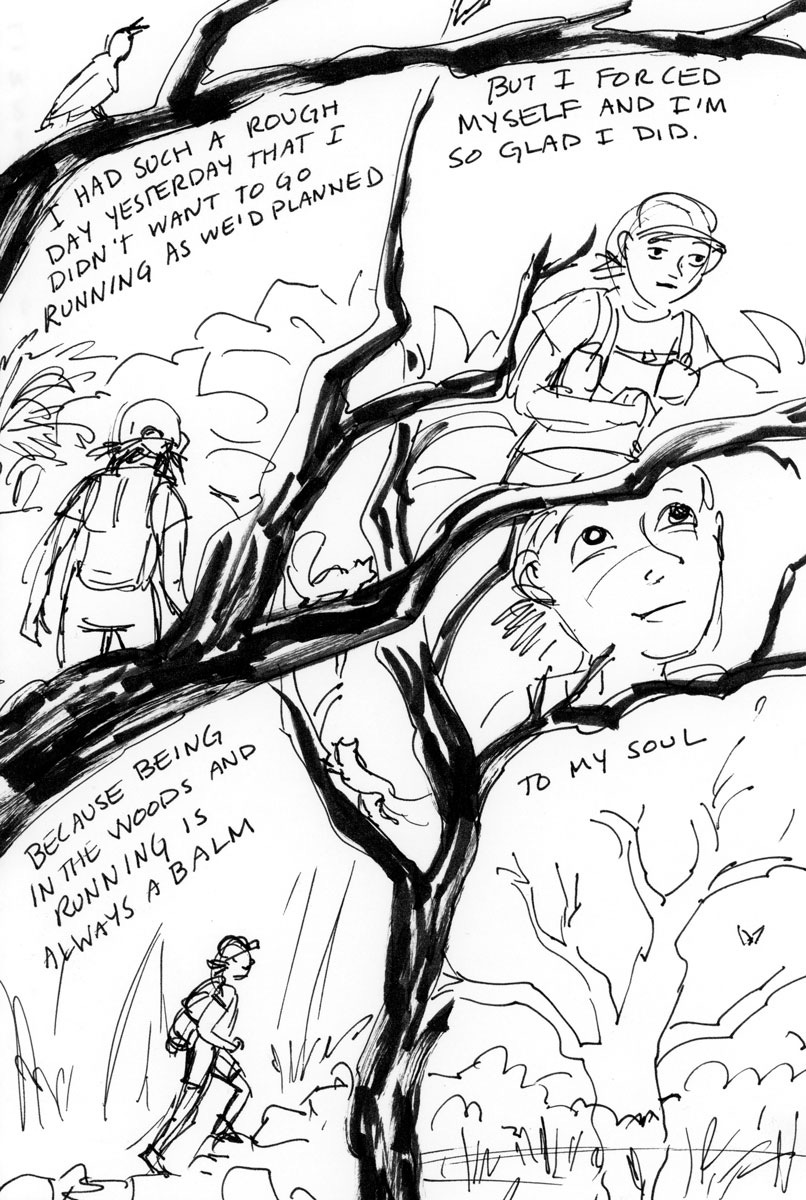
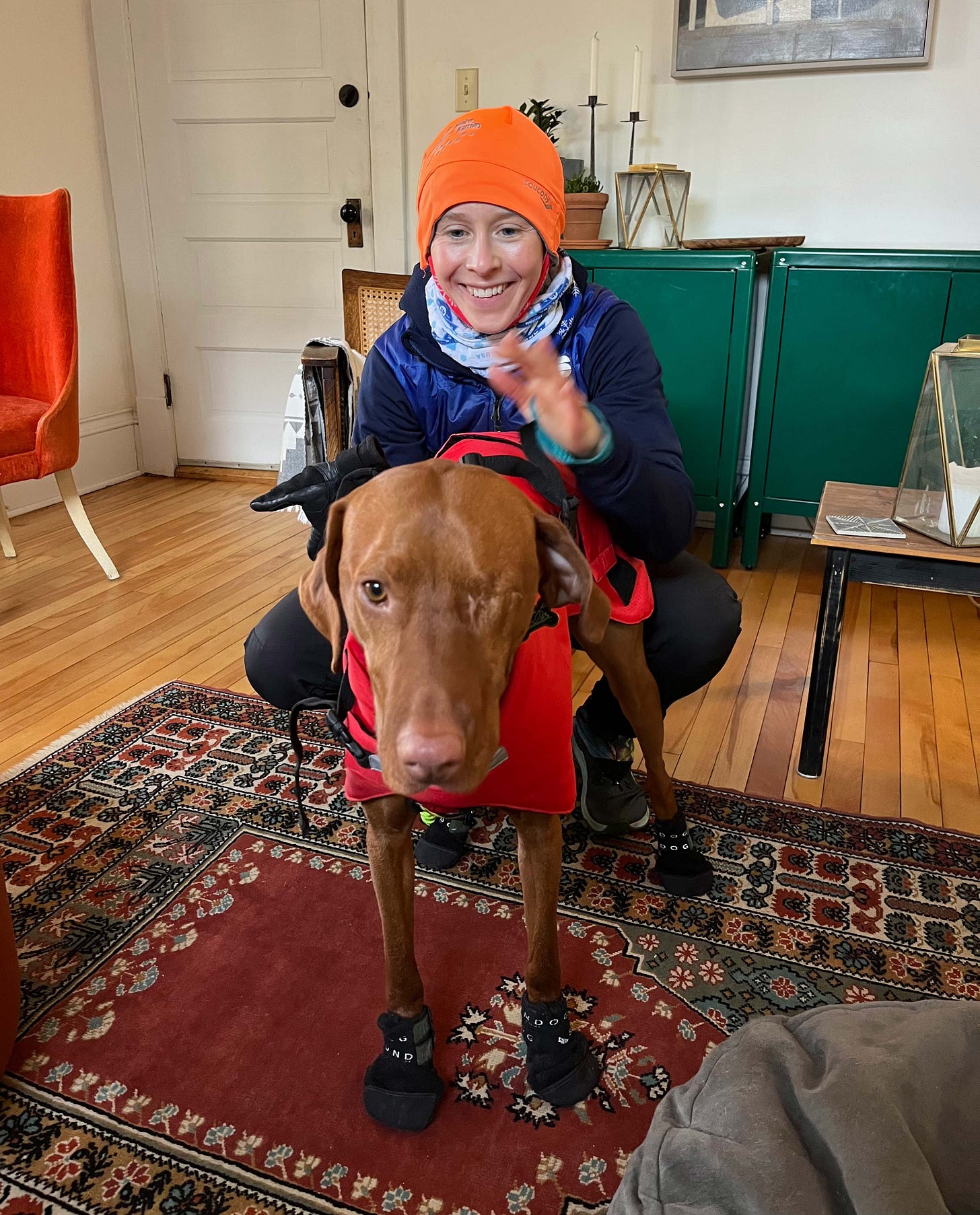
I just reposted this excellent post on my LinkedIn feed with this comment: “I loved this post by Katharine Woodman-Maynard. Relentless curiosity, manifested by working and reworking a limited set of materials, is what drives the creation of great art. As a financier trained in engineering, I had no idea of this. Engineering and finance, like most pursuits, do require curiosity and sweating the details. However, pattern matching is what drives success in engineering and finance. Years of collaboration with artists such as Katharine and Raul Rosa helped me realize how much of art is about doing things over and over and over again until you get it right. As Katharine makes clear, the only thing that can get a person to endure that much failure is insatiable curiosity.”
Oh I adore the tree branches for panels! Really feels like the character is submerged in the woods.